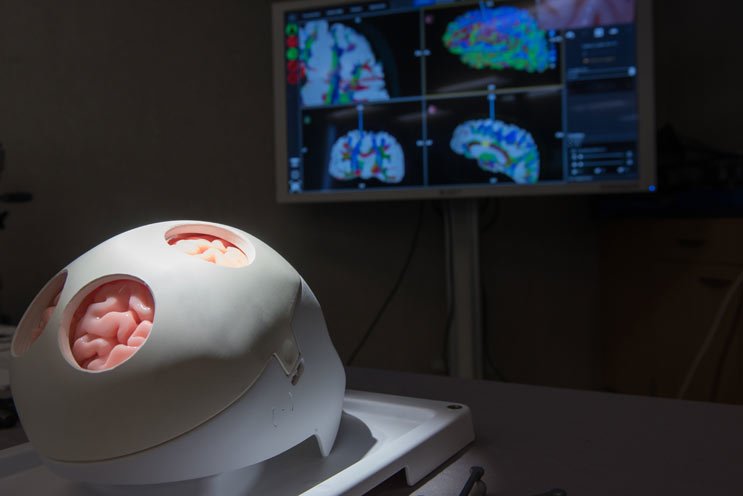Request Information on Clinical Trials
If you were diagnosed with a brain tumor we may have a clinical trial for you.
Any cancer diagnosis can be overwhelming. If you’ve been diagnosed with a brain tumor, you want to know you’re receiving the best available care.The Hermelin Brain Tumor Center is one of the nation's leading programs for brain cancer treatment. Through innovative clinical trials and groundbreaking research, our specialists are helping pioneer advanced procedures and therapies, ensuring patients receive the most effective, state-of-the-art care.
If you were diagnosed with a brain tumor we may have a clinical trial for you.


Find out more about our researchers, their interests and how to get involved.
When you participate in a clinical trial, you’re getting access to the latest experimental therapies available. These voluntary brain cancer research studies help to test the safety and effectiveness of emerging treatments, which may include:
Other clinical trials focus on improving quality of life for people who have a brain tumor. Ultimately, the knowledge gained from this type of brain cancer research helps to develop new standards of care beneficial to all patients.
All clinical trials conducted in the United States must adhere to a strict, predetermined protocol and must be approved and monitored by an Institutional Review Board (IRB) composed of physicians, scientists, statisticians and laypeople who are responsible for ensuring that any risks are minimal relative to the potential benefits of the study. Learn more about how cancer clinical trials work.
Not all patients are eligible to enroll, and each brain tumor clinical trial has its own guidelines for who can participate. These guidelines are in place to ensure the safety of trial participants and make sure the data we collect can be used to evaluate the trial’s effectiveness.
Typically, the decision to participate is made by your care team in conjunction with you and your family as part of your overall personalized treatment plan.
Since 1992, the research laboratories at the Hermelin Brain Tumor Center have made significant discoveries that increase our understanding of brain tumor processes. These efforts help us to develop effective ways to detect, diagnose, treat and prevent brain cancer and related conditions, including through new clinical trials. Ultimately, this strong focus on brain cancer research helps to advance the level of care for all of our patients.
In recent years, these advances have included identifying more than 40 genetic markers specific to brain tumors. In their quest, our researchers benefit from genetic fingerprinting made possible by the Center’s tumor bank — one of the largest in the world.
We use cookies to improve your website experience. By using this site, you agree to our Terms of Use. Read our Internet Privacy Statement to learn what information we collect and how we use it.